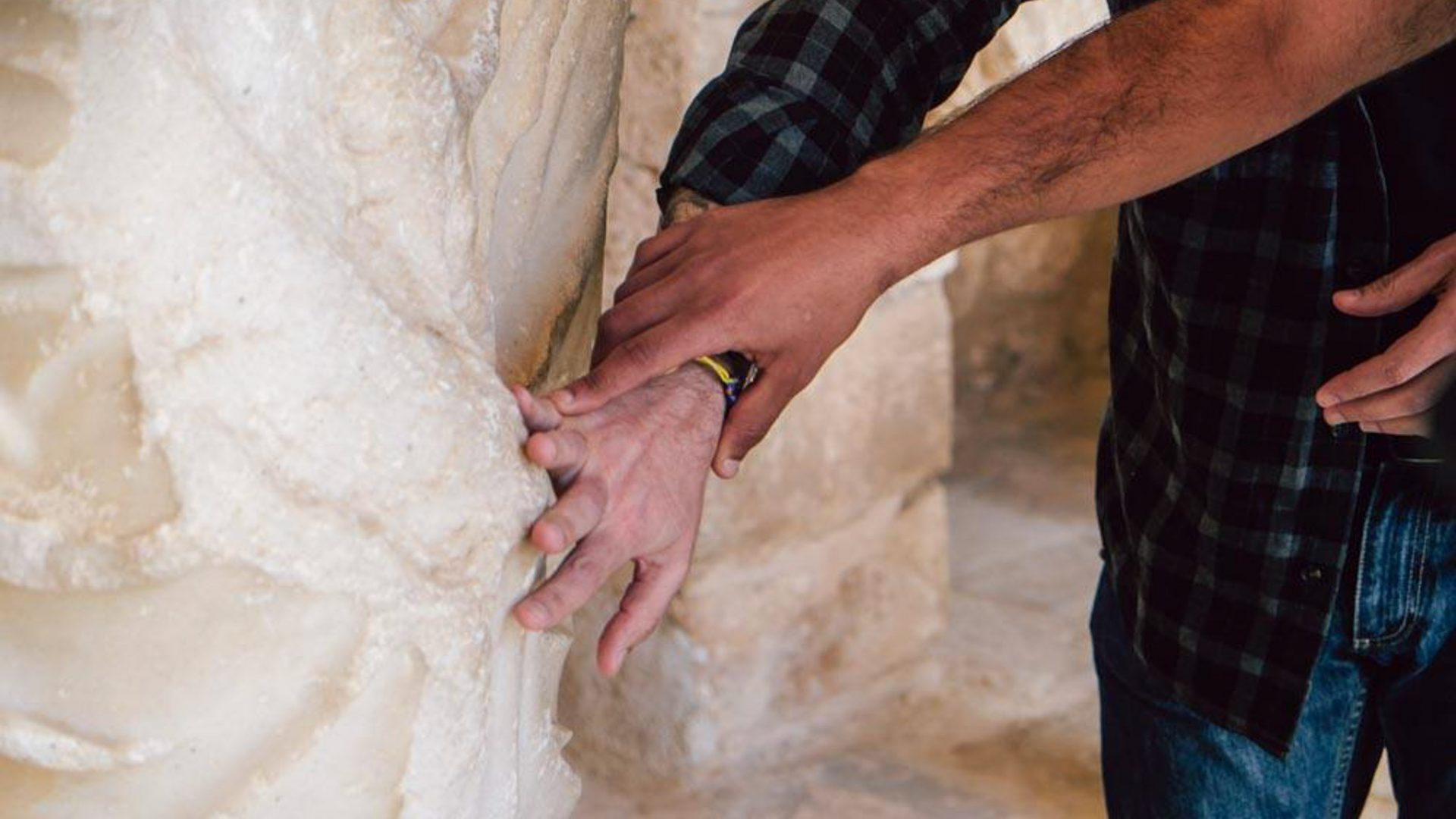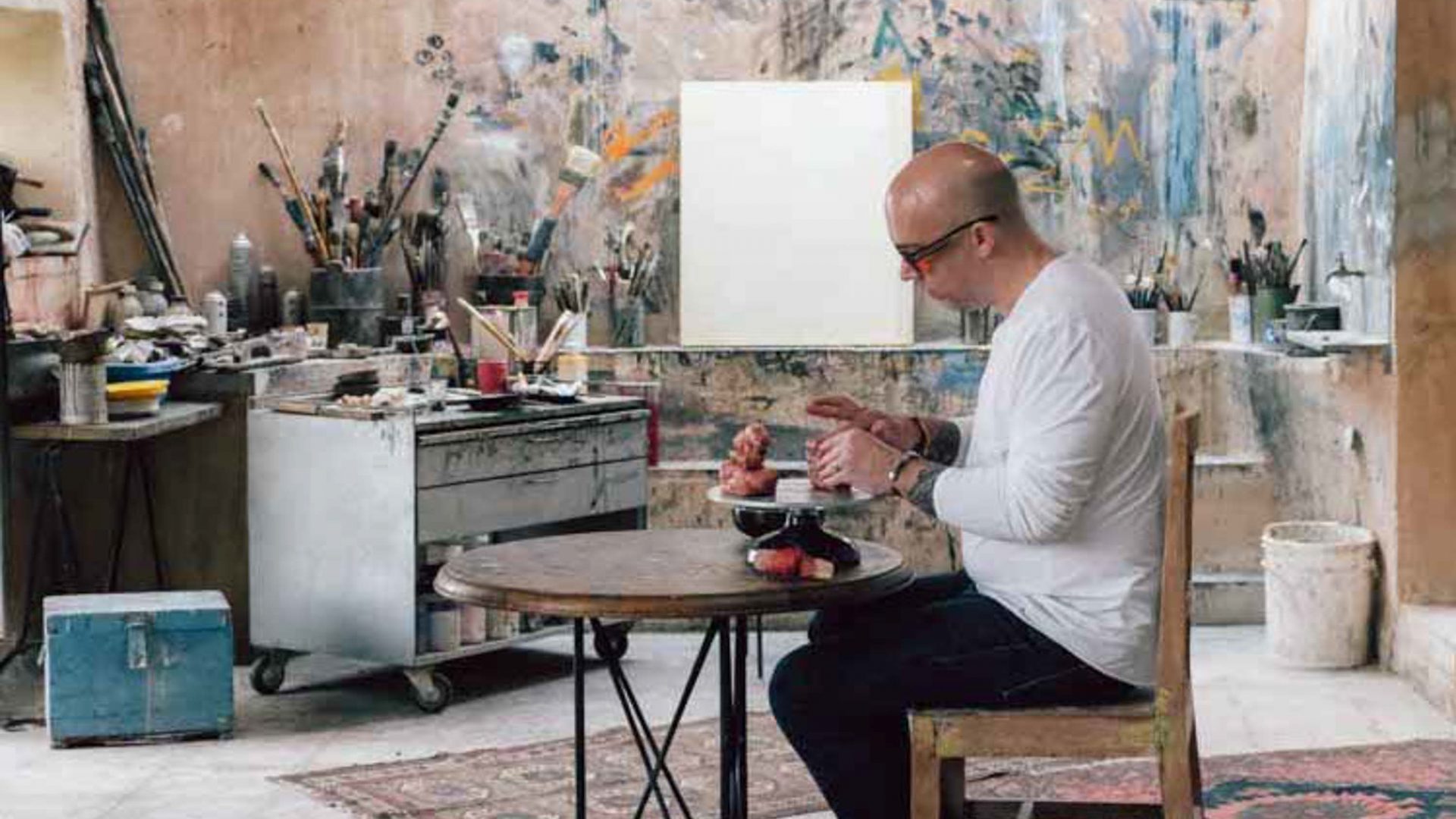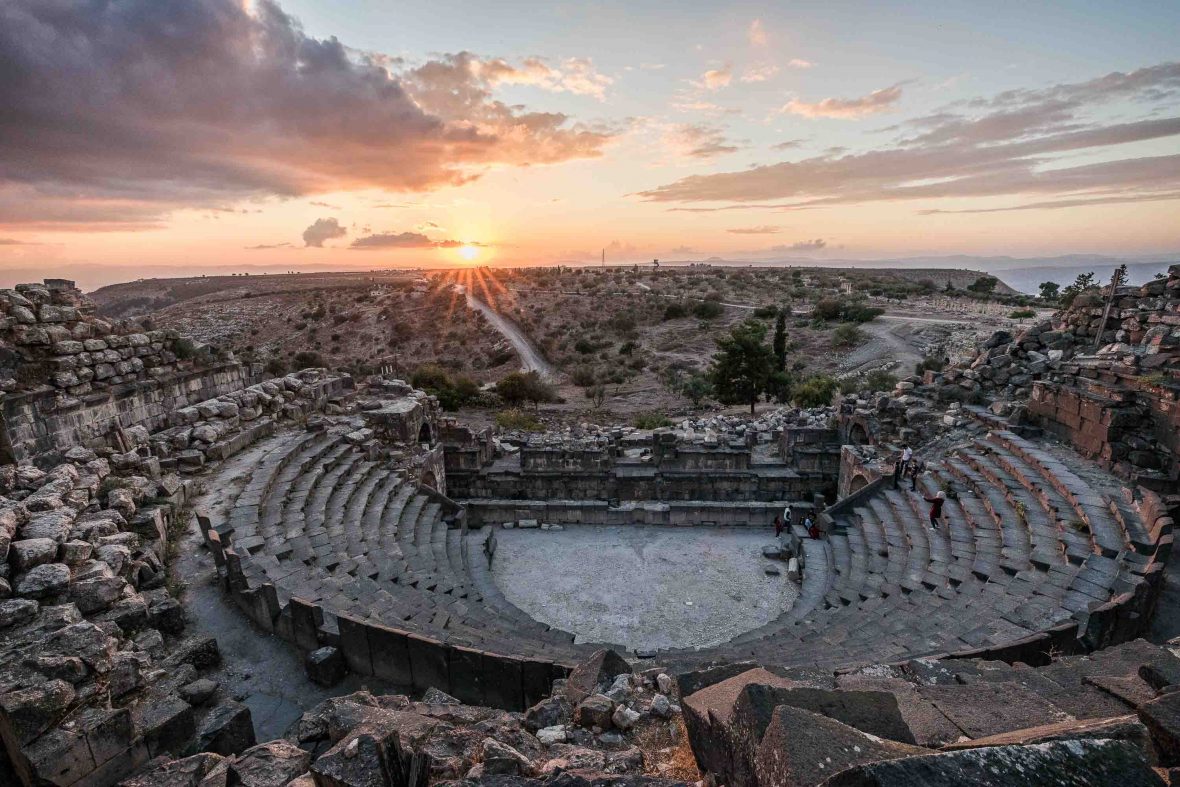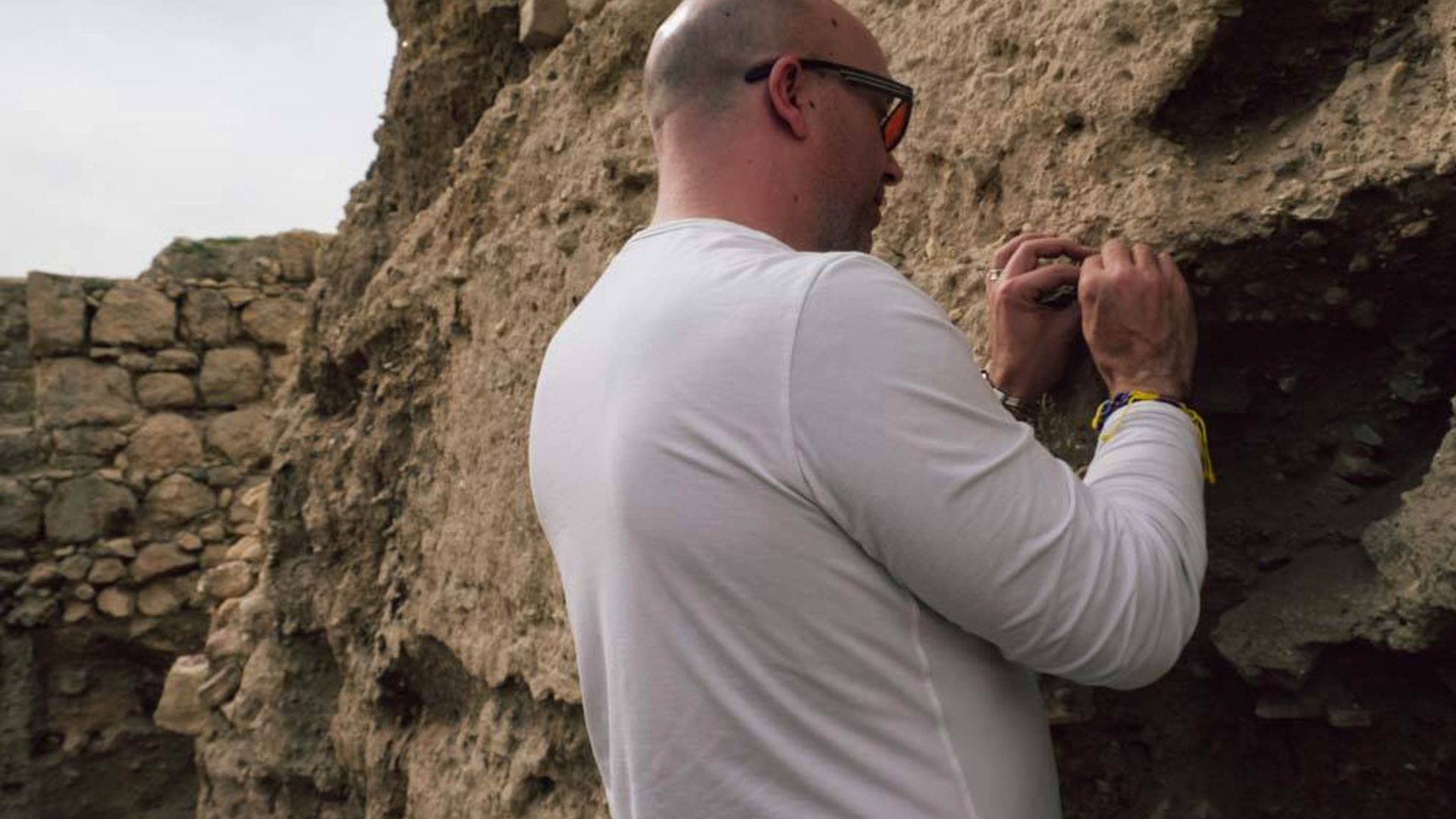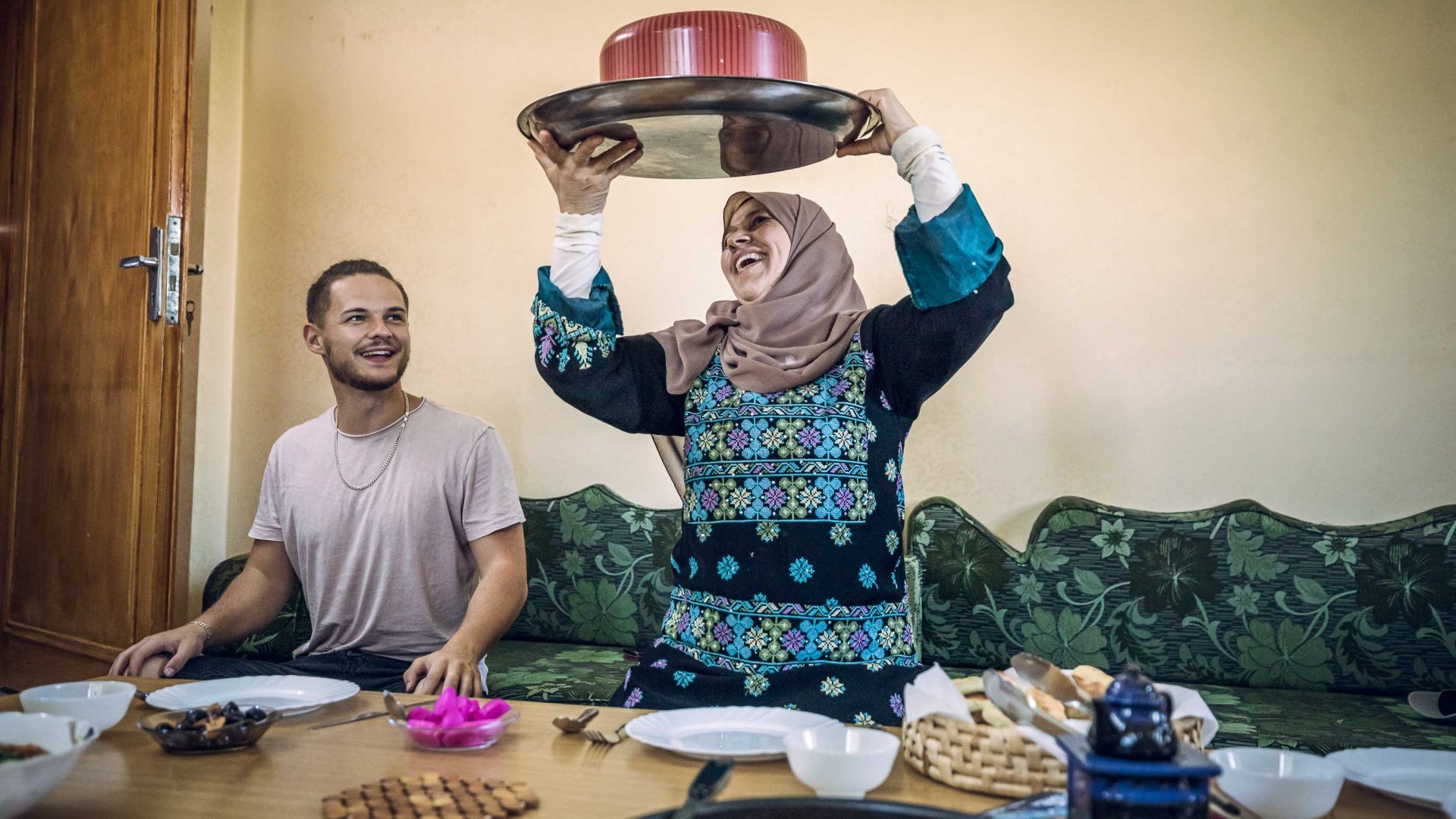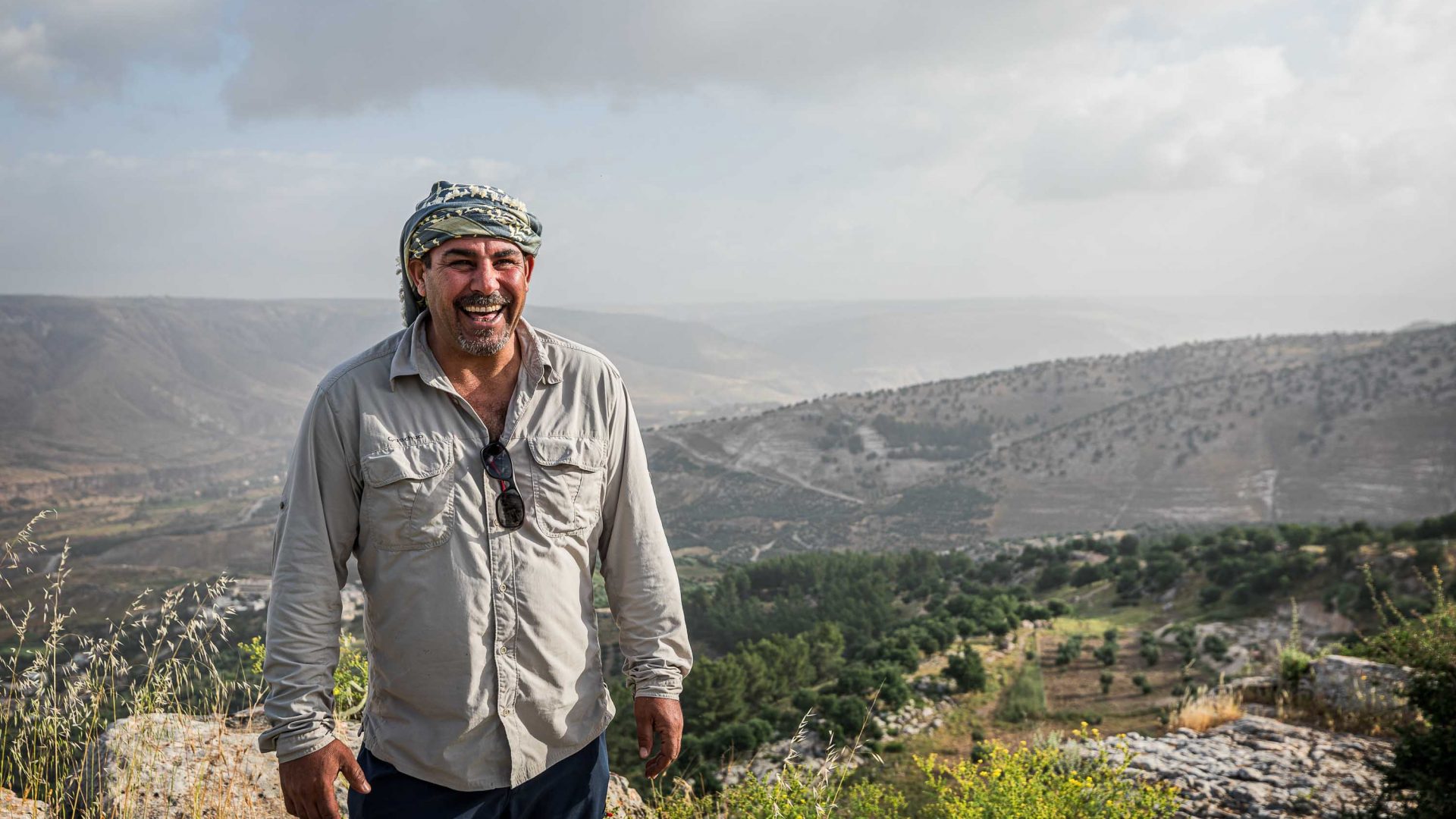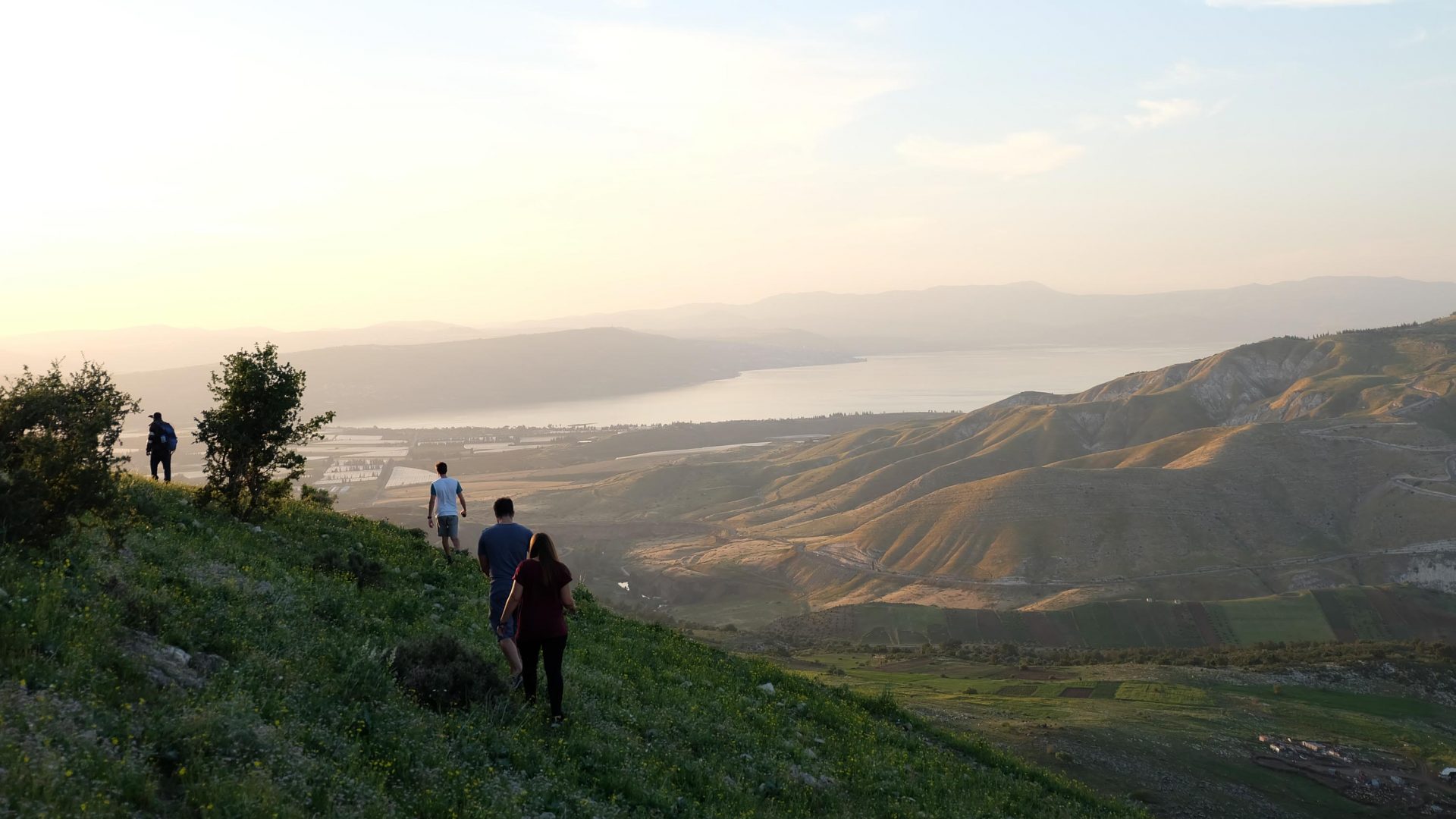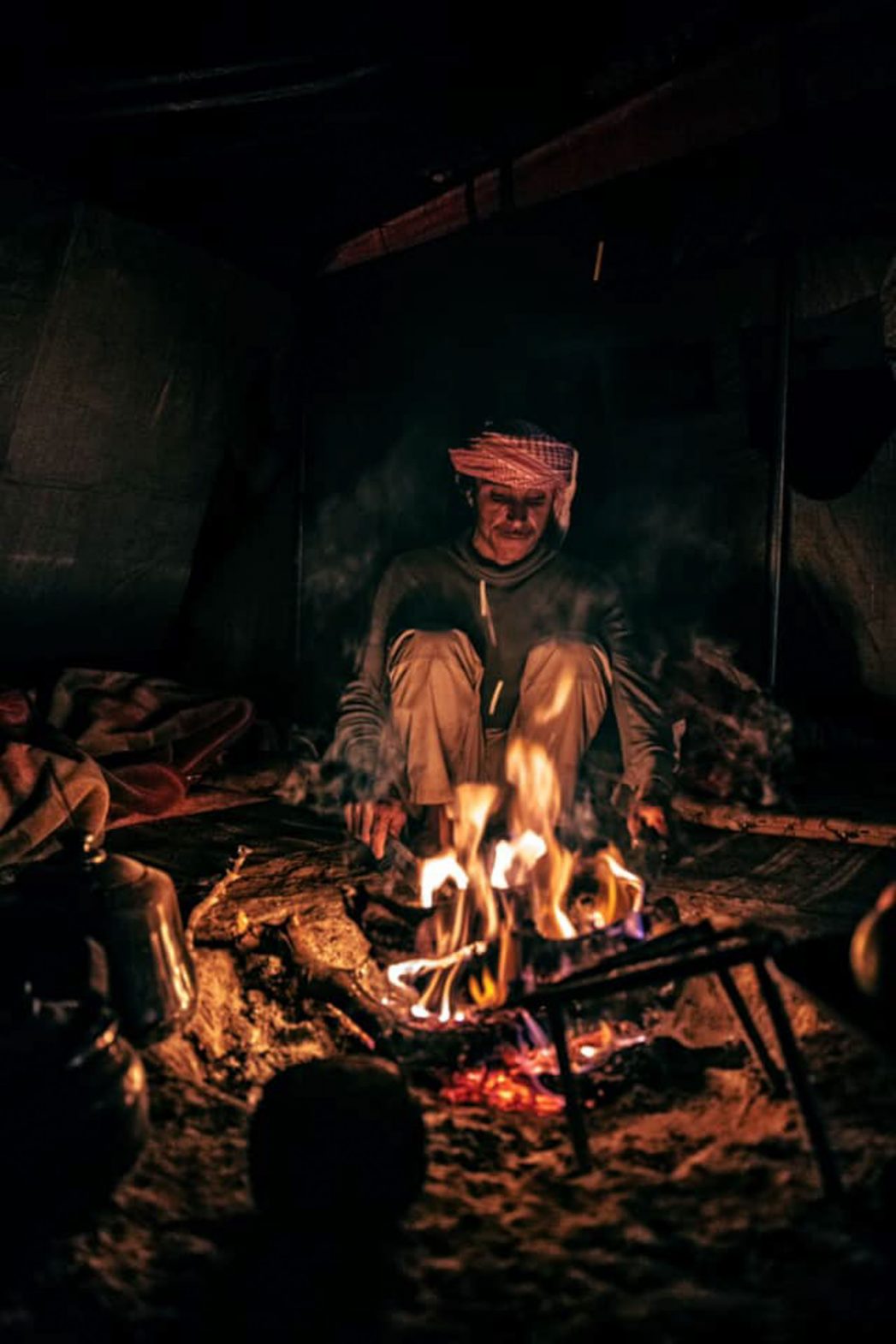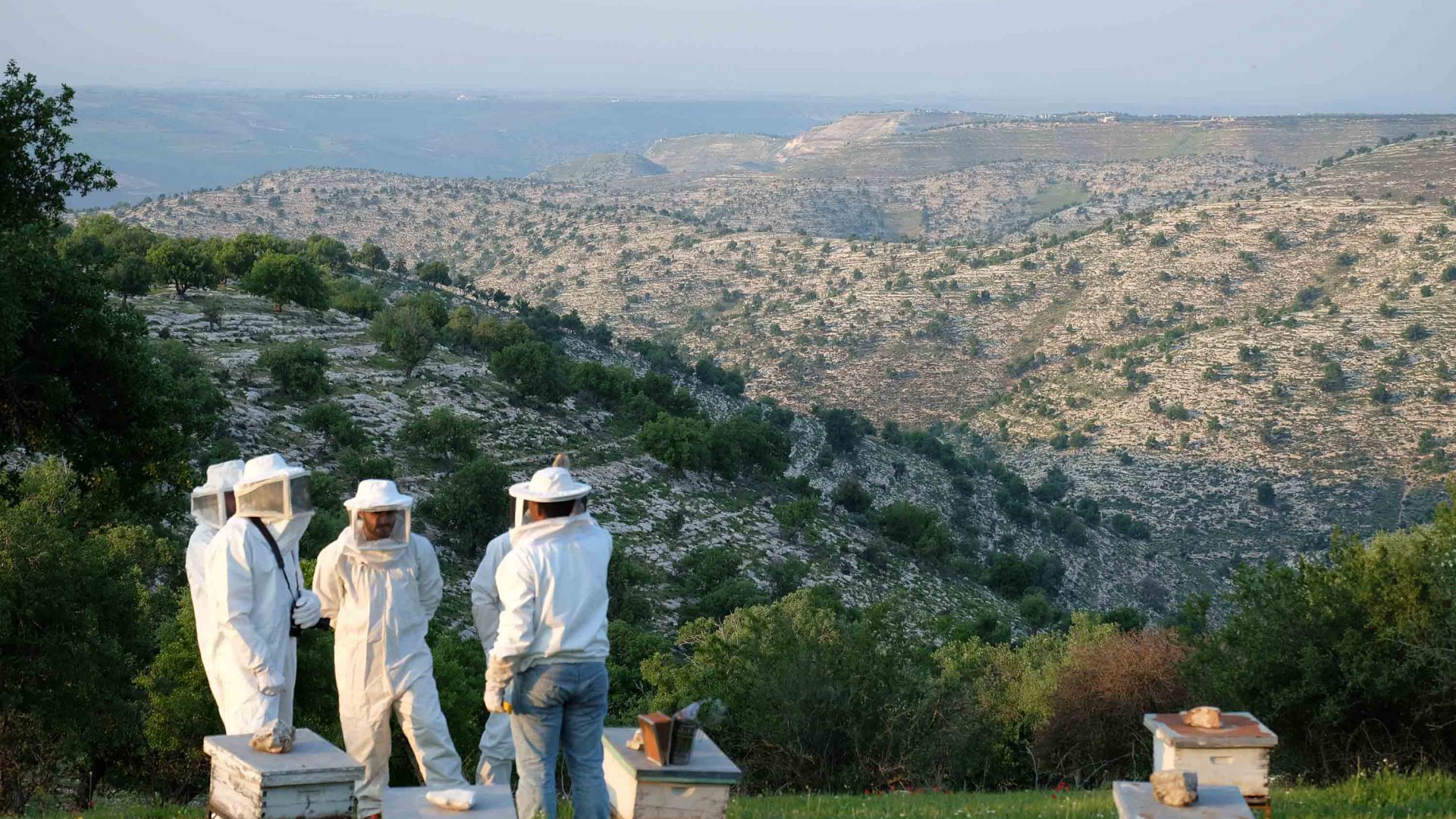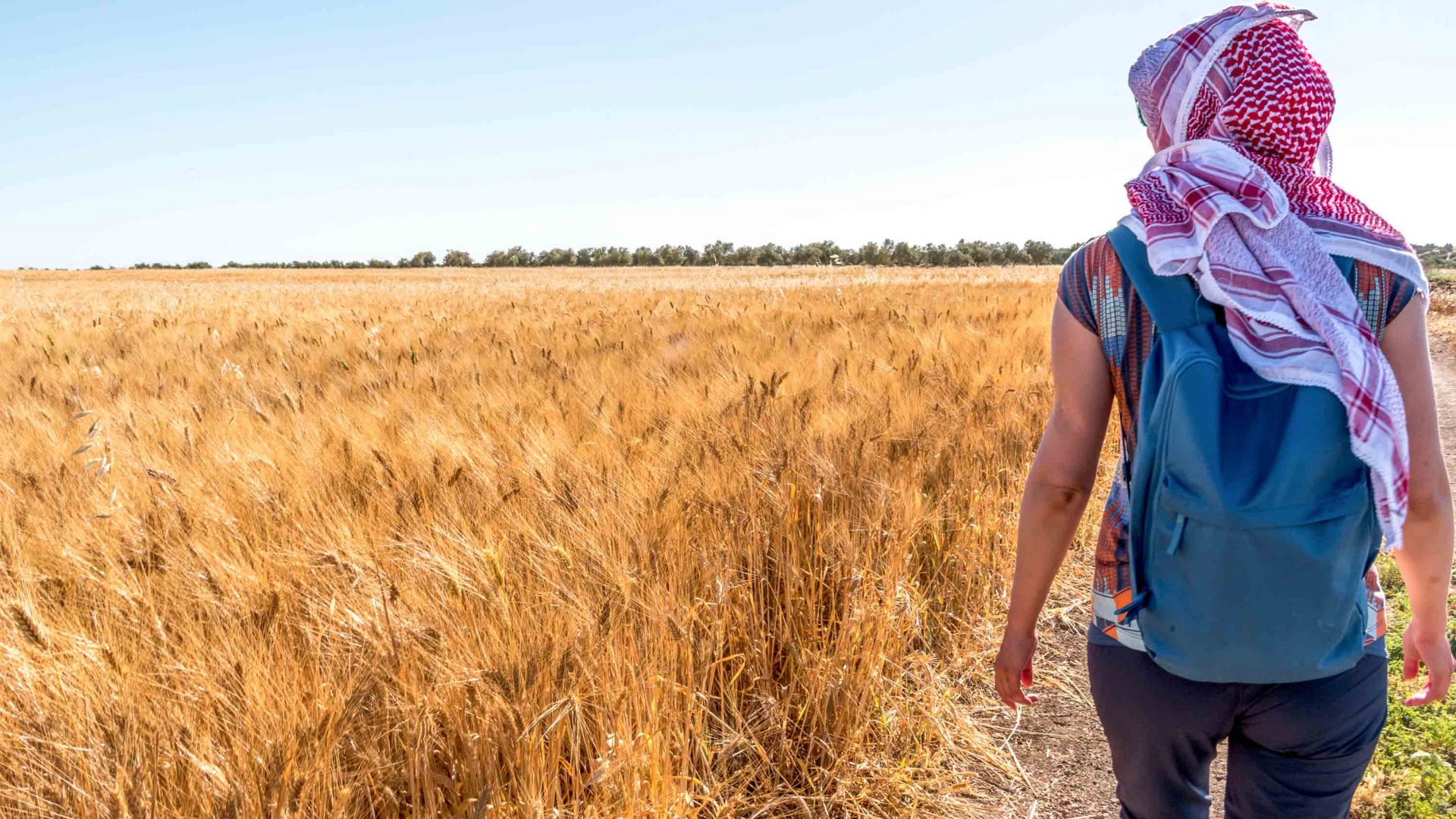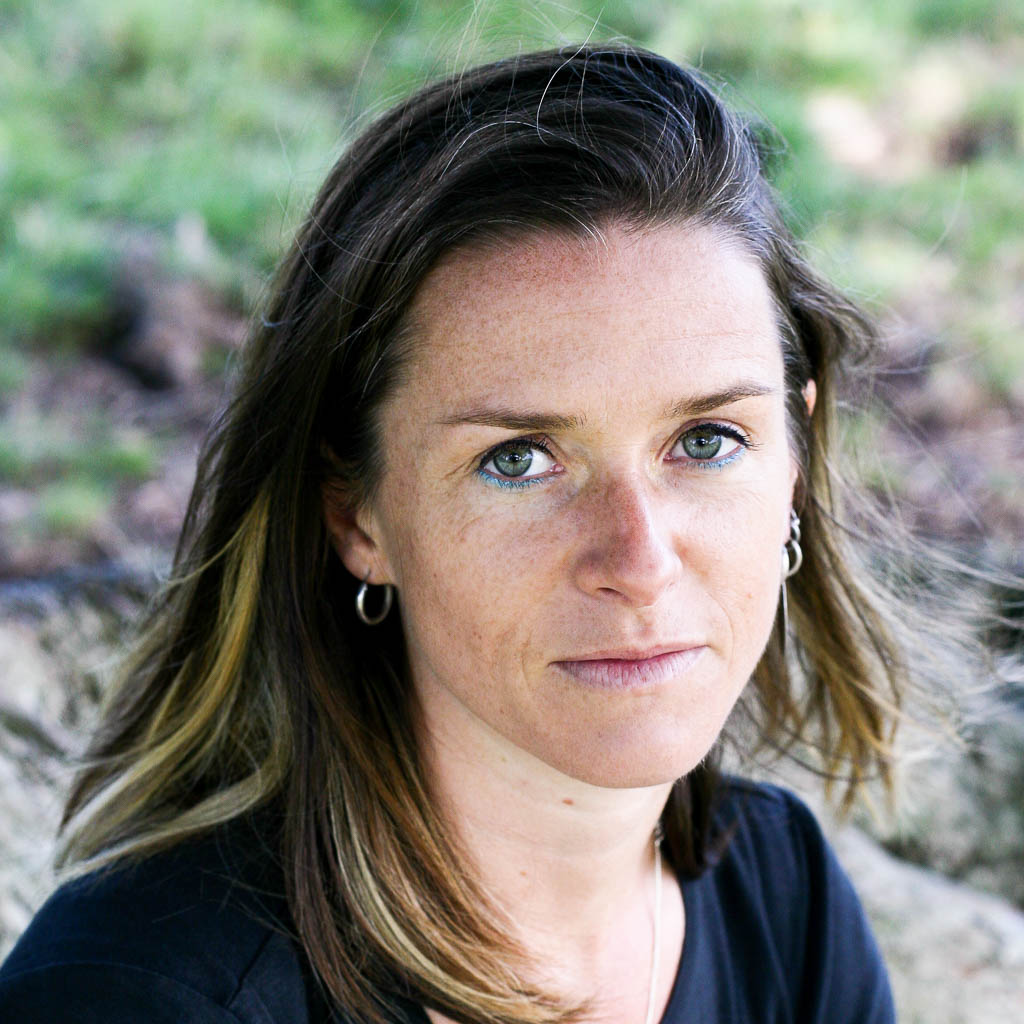You hadn’t met each other until you were in transit to Jordan, at Heathrow. How did this trip eventually come about?
Matthew Teller: Hard work from Baraka and lucky circumstances. In 2018, while researching the new Rough Guide to Jordan, Baraka’s boss Muna Haddad put me up at a rural property they’re developing. It’s an amazing house in the Jordan Valley, above the Roman ruins of Pella, built and lived in by Jordanian artist and architect Ammar Khammash in the 1980s and ‘90s, but unused for a while.
That night was a life-changer. The house is gorgeous—Khammash is known for his paintings—but the soundscape blew me away. The way sound swirled between rooms, and the way the hilly landscape focused natural sounds onto the house like a hand cupped around an ear: Birdsong, voices from the village, the call to prayer, crickets, croaking of frogs, squeaks, barks and yelps of night-time wildlife, the soft sounds of early morning.
RELATED: Hiking borderlands and finding community in northern Jordan
It was like nothing I’d ever experienced before. Of course, it was deliberate: Khammash is known for using acoustics in his architecture—he’d built this house to appeal to every human sense. The next day, I told Muna she had to get a sound engineer to mic the house and do a podcast or something. People had to know about this.
How did things develop after that?
Matthew: I’d been following Ryan on Twitter for a while, since his astonishing piece from Zimbabwe about going on safari as a blind person. He has a very distinctive voice on social media—quiet, wry, insightful, tapping into worlds I knew little about. Then I made the connection. Get Ryan into that house. Get Ryan to hear that sound symphony. My sighted brain can only do so much. His unsighted brain could take it to another dimension.
I suggested it to Muna who wrote: “Matthew, WOW! I love him. Let’s do something. YESSSS.” I still have her reply. When I found out she’d secured funding, I could have screamed!
